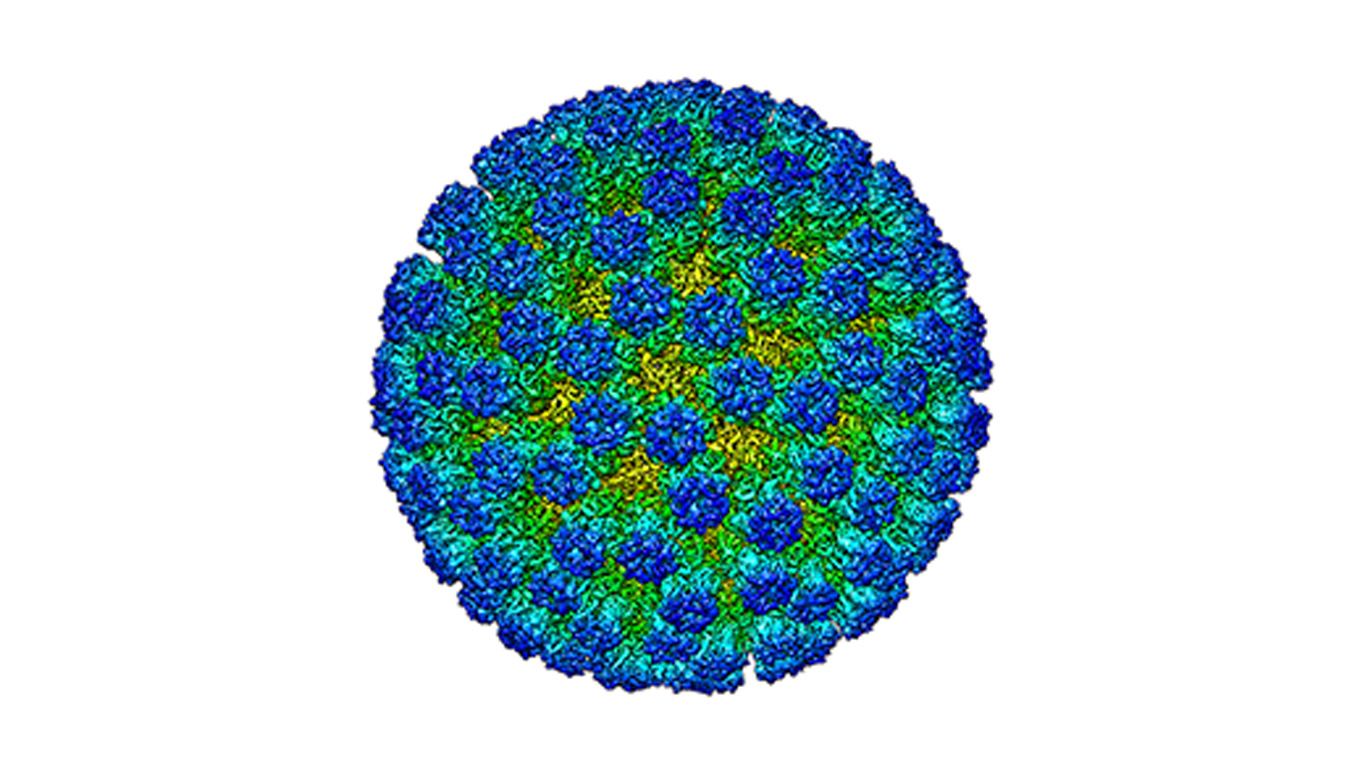CryoEM in industry: challenges and opportunities

Transmission electron microscopy has been an important research tool for many decades: the first transmission electron microscope was developed in 1931 by Max Knoll and Ernst Ruska, and in 1981 Jacques Dubochet and Alasdair McDowall introduced the concept of cryo-cooling individual molecules allowing them to retain their native shape and protecting them from environmental and radiation damage. Since the “Resolution Revolution” cryo-EM has revolutionized structural biology by enabling highresolution structure determination of systems previously inaccessible. The Biopharma community quickly understood that cryoEM could potentially transform the thinking about structures and biology. But while cryoEM has proven to be effective in the early stages of drug development, and its applicability to small molecule lead identification and optimization has also been recently demonstrated barriers still remain that prevent cryoEM from being a routinely successful tool in drug discovery.